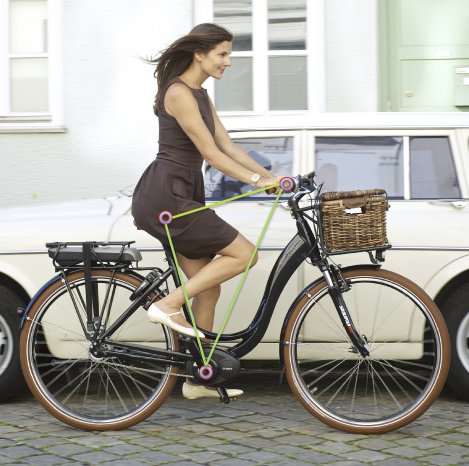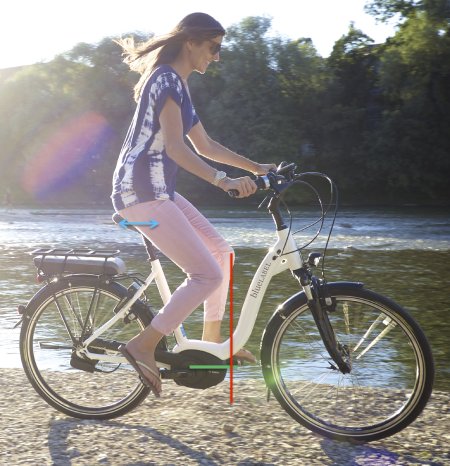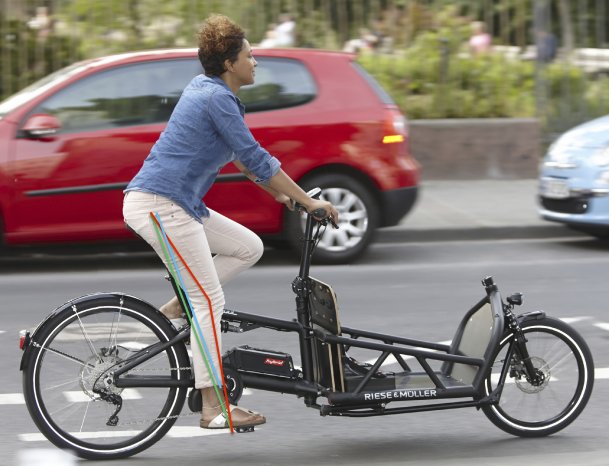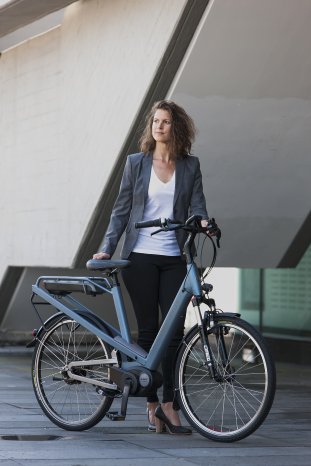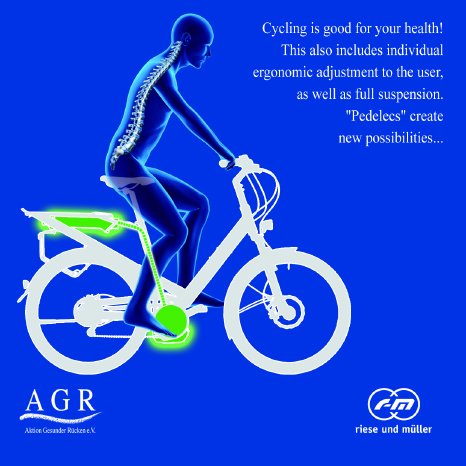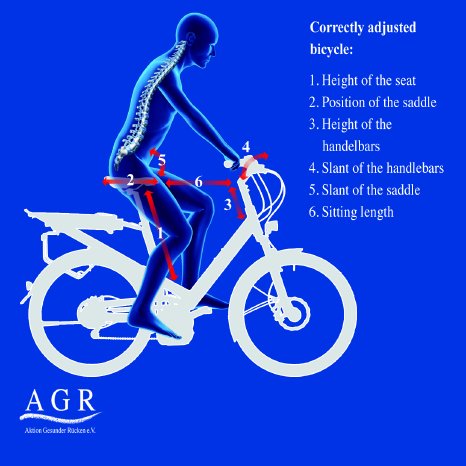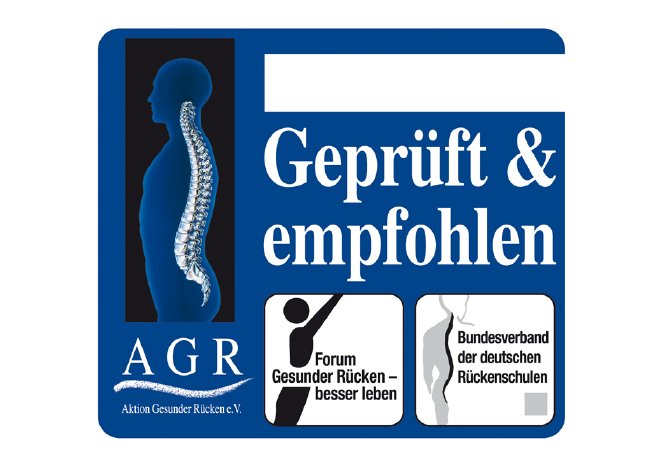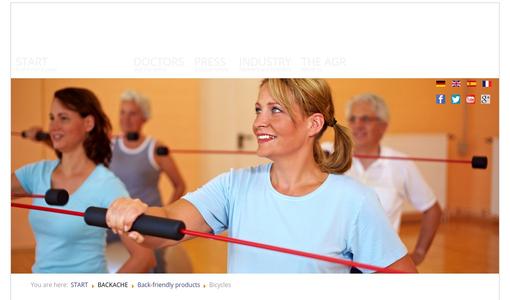Adjusting your bicycle correctly, step-by-step
Cycling keeps you fit; it keeps the circulation going and is also warmly recommended for preventing and treating backache. However, an incorrectly adjusted bicycle can result in incorrect posture which would not be very good for back health. Ergonomic bicycle adjustment and sitting posture therefore depend essentially on having plenty of flexible adjustment possibilities. Top quality full suspension (front and back) also ensures that jolting impacts, for example when cycling over rough paths, do not have to be absorbed directly by the intervertebral disks. The Campaign for Healthier Backs AGR gives tips for back-friendly cycling:
- Sitting posture: The sitting posture is defined in combination by the bicycle type and the adjustment of the handlebars and saddle. A healthy sitting posture corresponds to the spinal column's natural double S-shape. A sitting posture that leans forward gently (by 30 degrees at the most) is ideal. If the cyclist has to lean too far forward, he will always tend to tip his head back which puts a burden on the cervical spine. This can cause pain and problems. The muscles have to be well trained to hold a sporty position with the body leaning far forward. This posture is therefore not recommended for beginners or people with restricted locomotor system. No matter which sitting posture is adopted, the spinal column should remain straight.
- Adjusting the saddle: The position of the pelvis on the bicycle saddle influences your whole posture on the bicycle. The pelvis is in the right position when your back remains straight. Your pelvis does not tip to the side when you are pedalling (in this case the saddle would be too high), nor does it slide backwards or forwards. Experts recommend a horizontal saddle position as the basic setting. The height of the saddle decides how much pressure is put on the knees. The height of the saddle is ideal when your legs are never completely stretched while cycling. Always put the balls of your feet on the pedal, not your heels.
- Adjusting the handlebars: The right adjustment of all bicycle components to suit your individual body helps to avoid pains and problems. Here it helps to have a good front section with adjustable height and tilt of the handlebars. This encourages a fairly upright sitting posture with the arms in the right position. Ideally, the handlebars should also have an ergonomic handle or at least the possibility of varying the handle position. Slightly bent handlebars help to avoid excessive stretching of the wrists with less constriction of the carpal tunnel which carries the main nerves in the wrists. Failure to take this into account often results in a tingling sensation in the hands.
All these are just recommendations for finding the best adjustment between body and bicycle. However, if you should feel any pain while cycling, please check your bicycle and the various adjustments once again, preferably consulting a specialist.
Trendy e-bikes
For a long time, they were ridiculed for taking the sport out of cycling. But modern e-bikes have successfully shrugged off this image and now enjoy increasing popularity with young and old alike, as they can make cycling much more fun, as well as considerably enlarging the range of uses.
E-bikes combine the advantages of bicycles and mopeds. The auxiliary motor is only used when the rider is really cycling, in other words as soon as the pedals are moved. This makes cycling less strenuous and the cyclist does not tire so quickly, while still maintaining the positive effects of cycling on the whole body. Furthermore, modern e-bikes are much more efficient than earlier models and have a comparatively long battery life. And so e-bikes continue their unstoppable advance on Germany's cycle paths.
Demonstrably most back-friendly: bicycles with seal of approval
The "certified & recommended" seal of approval by the Campaign for Healthier Backs (AGR) is an important decision-making aid for selecting back-friendly bicycles. The e-bike models Kendu, Avenue and Culture by Riese & Müller have been awarded the AGR seal of approval as they fulfil the essential criteria for ergonomic bicycles. The minimum requirements at a glance:
- possibility of adjusting an upright sitting posture
- possibility of adjusting both height and tilt of the handlebars
- adjustable, effective suspension (at the front and back)
- possibility of adjusting the height, tilt and longitudinal position of the saddle
- low step-through
- low weight
For e-bikes, the battery range (at least 40 kilometres) is important, and the battery must also be easily removed.
